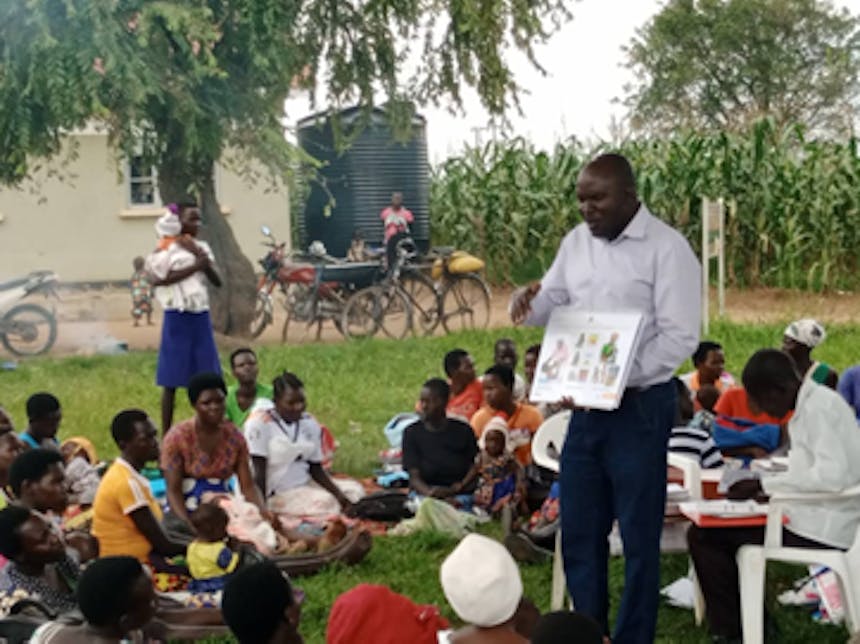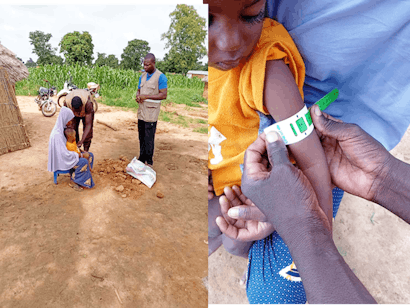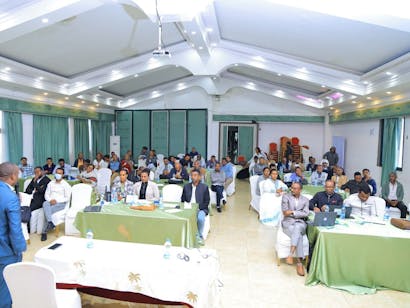Lighting the Way to Safer Motherhood in Ayami
How a rural Ugandan community turned evidence into action—bringing light, skilled care, and hope to mothers and newborns.

Northern Uganda faces one of the most severe maternal and child health crises in the world. Uganda’s national maternal mortality ratio stands at 336 deaths per 100,000 live births, yet the situation in the north is even worse. Perinatal mortality remains critically high at 43 deaths per 1,000 births, far above the global target of 24 per 1,000 by 2030. These are preventable losses that point to deep gaps in health systems that demand urgent action.
In rural health facilities such as Apuce Health Center II in Ayami Sub-County, Lira District, the absence of electricity and the shortage of skilled personnel like midwives created life-threatening conditions for mothers and newborns. A national survey of 553 health facilities revealed that few had running water, electricity, or functioning operating theatres, despite evidence that these resources save lives. The presence of a midwife alone can reduce maternal case fatality rates by as much as 80%.
When a community-level scorecard evaluation was conducted in Ayami Sub-County, residents identified poor nutrition services, no electricity for nighttime deliveries, and no midwife at Apuce HCII as the most urgent gaps. The lack of electricity and skilled delivery support forced mothers to give birth with traditional birth attendants, where as many as 3 out of every 25 mothers could die due to inadequate natal and postnatal care. Without lighting, health workers struggled to monitor labor, manage bleeding, or perform emergency procedures safely. Electricity is also essential for powering refrigeration and cold storage for medicines and supplements, and for sterilizing medical equipment to reduce the risk of infection and malnutrition.
From Community Evidence to Policy Action

Children’s Chance International, with support from CARE International Uganda under CASCADE, trained community resource persons in Lira District to use the community scorecard, an evidence-based, participatory tool that empowers communities to assess nutrition services, provide structured feedback, and hold service providers accountable. During an interface meeting, the sub-county leadership pledged to allocate local revenue for electricity installation at Apuce HCII and to lobby the District Health Officer for the recruitment of a midwife.
By March 2025, both commitments had been fulfilled. The facility was connected to electricity, and a midwife was posted to handle deliveries. These changes have already transformed maternal and child health services in the area. Institutional deliveries have risen to 30 per month, nutritional assessments are now routinely carried out in both the outpatient department (OPD) and maternity ward, and infant mortality linked to malnutrition has begun to decline. Each week, about 40 mothers are assessed on nutrition during antenatal care, and between 35 and 50 children are screened for nutritional status at the OPD—services that did not exist before.
Building on this progress, the Sub-County Chief, Community Development Officer, and health assistants—who also serve as community resource persons under CASCADE—have pledged to advocate for upgrading Apuce HCII to HCIII status to expand services and further strengthen health outcomes.
The transformation in Ayami Sub-County demonstrates the power of community-led accountability. When communities are equipped with credible evidence and structured platforms for engagement, authorities respond. CASCADE’s approach shows that citizen-driven advocacy is not just about participation—it is a proven pathway to translating policy commitments into real, lifesaving services.
“The change in Ayami is not an isolated success—it is a roadmap. By equipping communities with evidence and a platform for engagement, Uganda can close the gap between policy promises and real healthcare for mothers and children nationwide.”
Compiled by:
© CASCADE 2025


